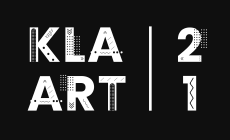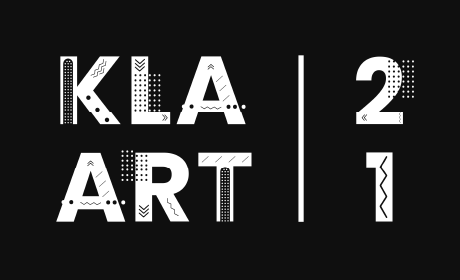Podcast Transcript: Lab Session 1 Reflections — Charity Atukunda
I was really excited, well just to dive into the whole programme but the Research and Concept Development Labs were particularly important for me because naturally in my artistic process I do like to dive heavily into research. One of the things that I really loved about the labs was the way we approach research. When I am creating my work I tend to do more reading books, articles and written information, but then with Molemo and Nare and the “MADEYOULOOK” collective from South Africa. One of the ways they encouraged us to do research was engaging in more conversations with people, that was something really important. That there is some kind of knowledge that can inform your research and your concepts from dialogue with people, rather than just reading things.
Going to specific spaces, observing how those spaces are organised how those spaces are being used and also questioning your mediums as a part of developing your concept. Maybe if you are used to drawing or painting or dance, sometimes your final output may be better in a different medium. So there was a presentation they gave on a project they did called ‘Corner Loving’ where they debated between using photography or video to put out the effect that they wanted but in the end they realised that written poetry and kind of architectural drawing ended up being the better medium put across their project. Corner loving was about; intimate spaces that are not easily seen because they often happen at night but if you had used video or images then it would have given to the viewer a connotation of not love or intimacy or joy or playfulness but rather would have been like “Oh my God! What are these people doing in the dark?” If you have a concept in mind and you are used to one medium sometimes it helps the research process to also ask yourself; “How can I best show my idea and not only one medium but multiple mediums?” This was a similar thing that happened with Lobadys who helped us with the research and concept development phase to kind of not just develop our concepts through the usual ways of writing and engaging with people but also using movement, paying attention to how our bodies feel.
There were metaphors for physical movements of the body that were very evident and there was one activity where we played with balloons, where we all tried to keep these balloons afloat together and if the balloon hit the ground then we would have all lost. So he kind of allowed us to think about our concepts and our ideas collectively and how sometimes you just by yourself is not enough. Sometimes it is good when you have to involve other people while creating your work. So it was really informative and very interesting for me, I think it really helped us all question, as we are creating awareness of what our impact will be to create this thing and how our audience is going to react and we should also be able to dialogue with our audiences when they ask these questions. When they say; “Why did you do this?” or “What is the value in this?” and I think it is very important if you are an artist or a creator to always consider that as you are in that phase, as you are creating. Not to just create for creation’s sake.
The other thing that I learnt in the process was when you are solitary, when you engage with your work constantly in solitary, it is easy to get trapped in it. An important thing about the labs is collaboration and the sharing of ideas even if you are not collaborating together, on a specific project, but speaking to each other about your ideas and then when you have different perspectives and also different feedback, then you kind of see all of these possibilities and then you kind of get out of your own head. So that has been really valuable because sometimes when you are by yourself you just kind of end up going in the same circles. So, as much as you do not realise it having other people be apart of your practice also just informs your work, making it richer and more impactful.

